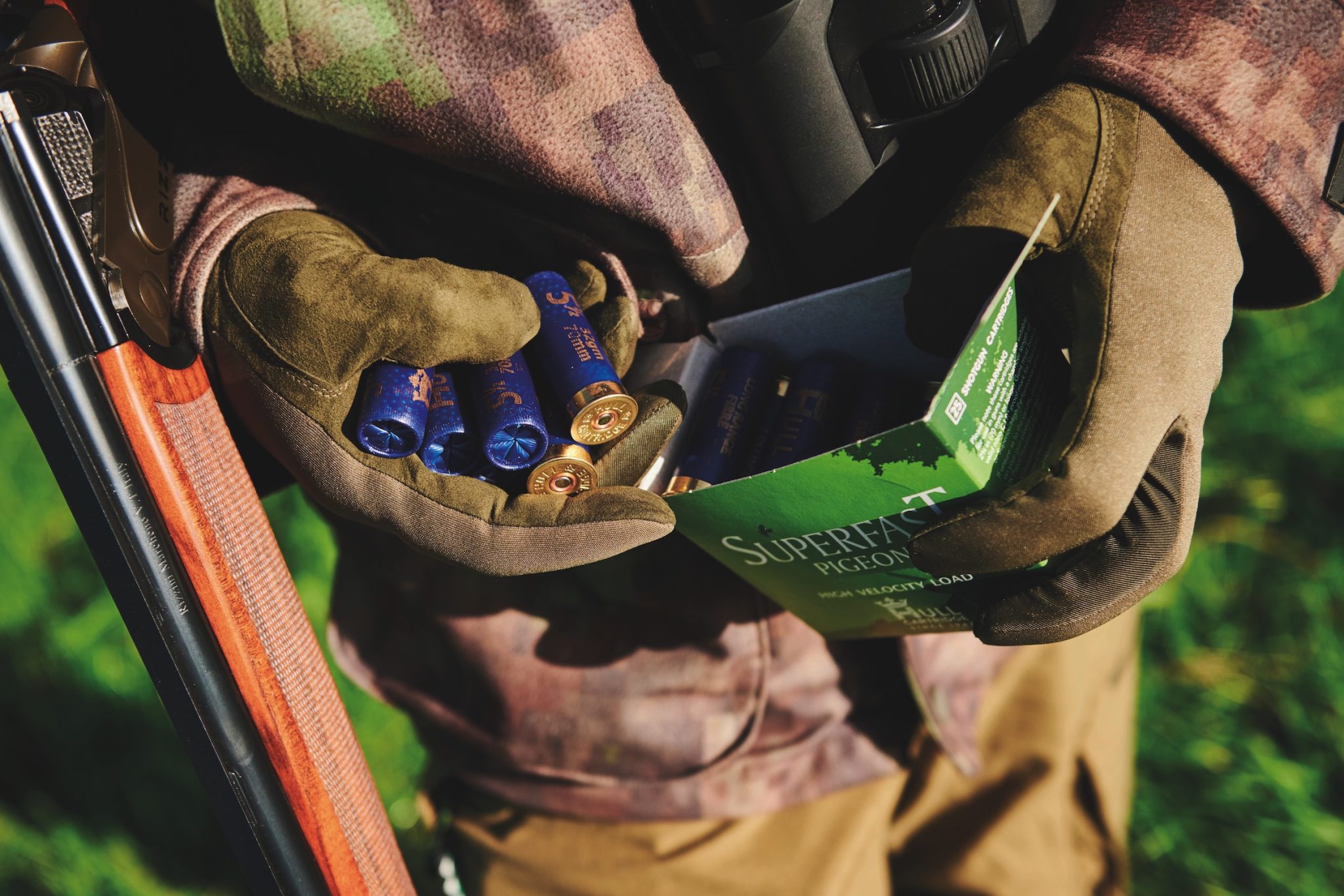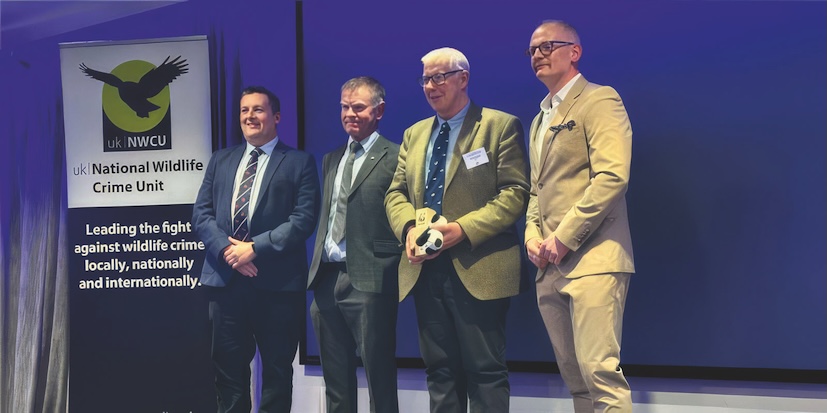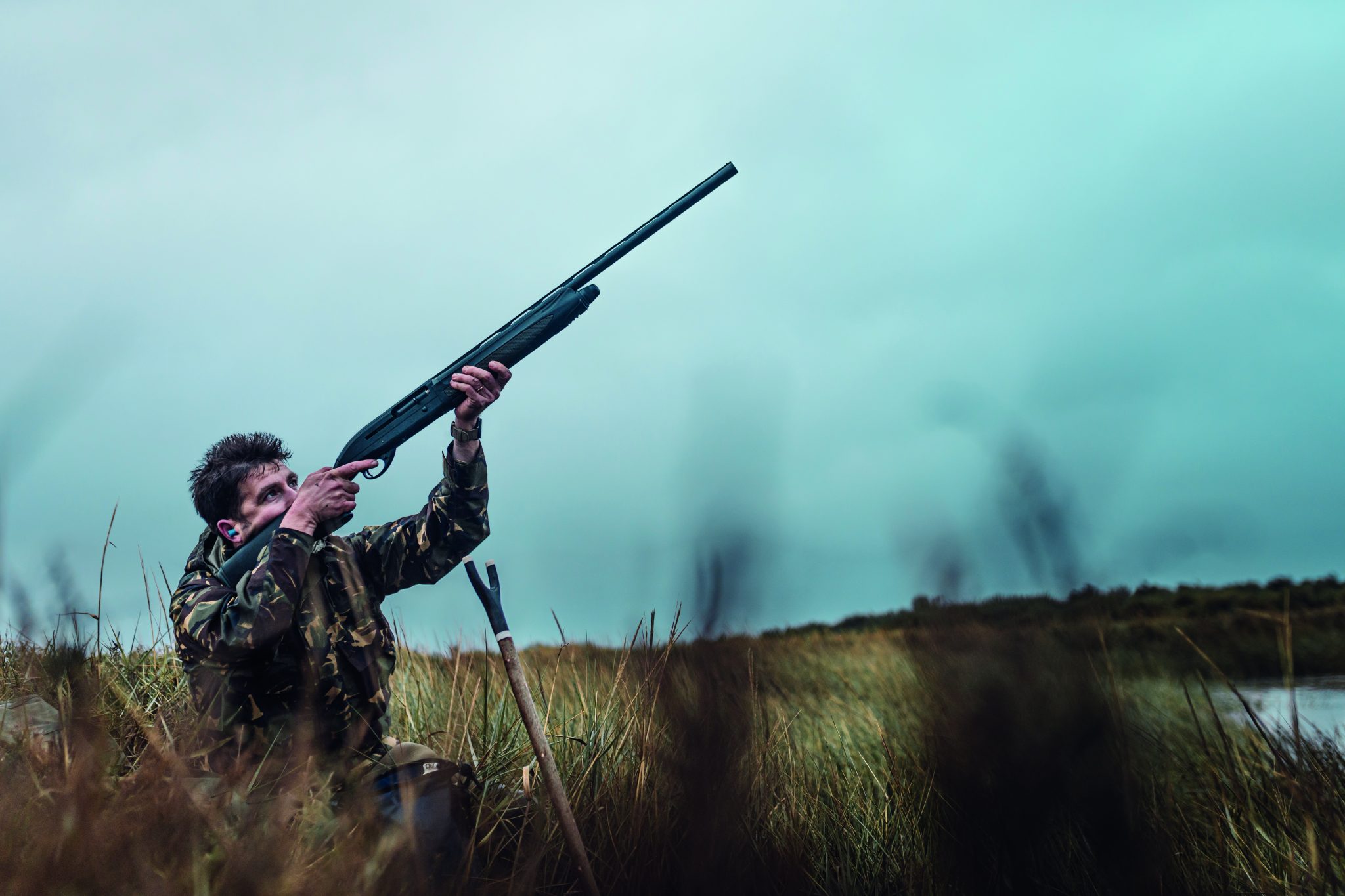Win CENS ProFlex DX5 earplugs worth £1,149 – enter here
Eye contact with dogs: it’s vital for good training
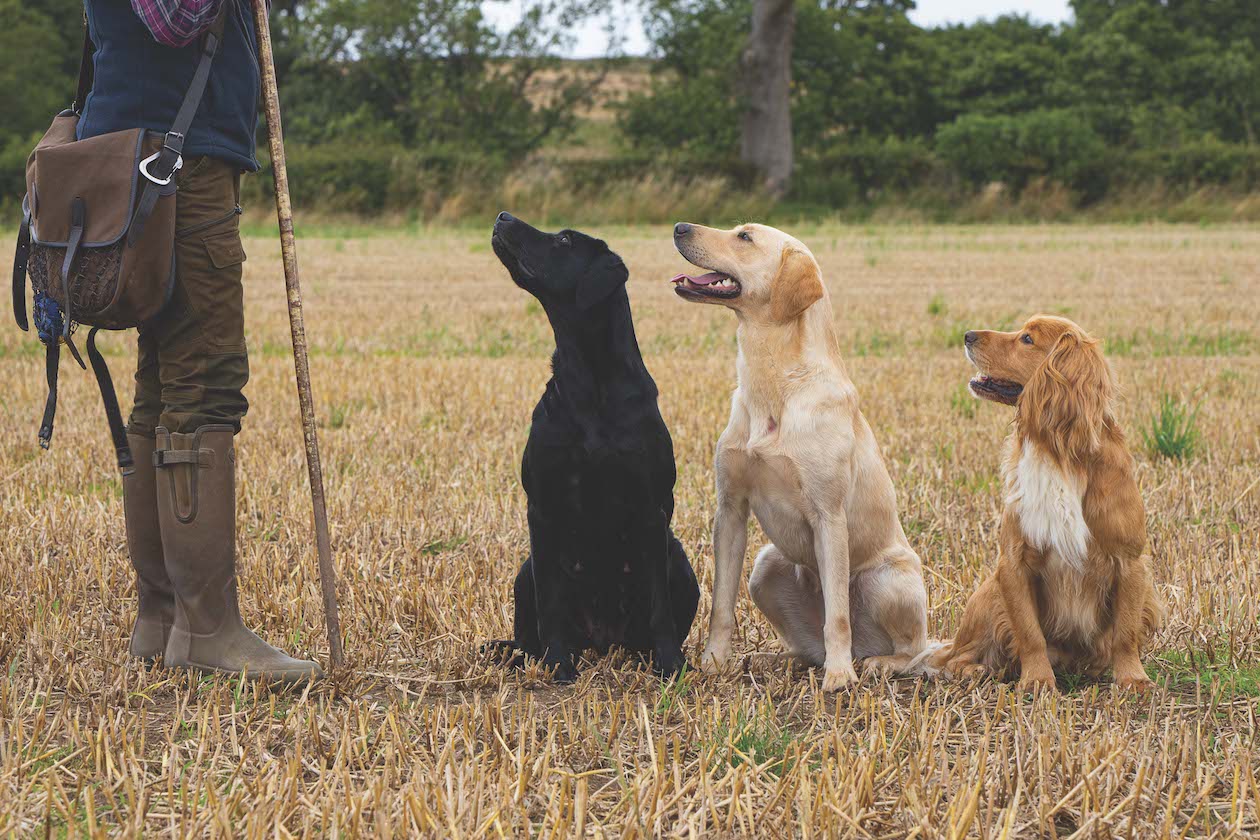
Why eye contact with dogs is key
One of my training clients asked me recently what aspect of a gundog’s training I thought was the most important. My immediate answer was that unless the dog had a solid foundation of the basics, such as heel, sit, stay and recall, then all the other aspects of its training would fall by the wayside. This, in turn, would see the wheels well and truly fall off as you attempted to push on with its training. (Read our list of the best slip leads for dogs.)
As I drove home, however, I had a bit more time to think about the question and, although I stood by my initial answer, I realised that developing good eye contact with dogs is equally as important. So, why is it so vital and how do we go about training it?
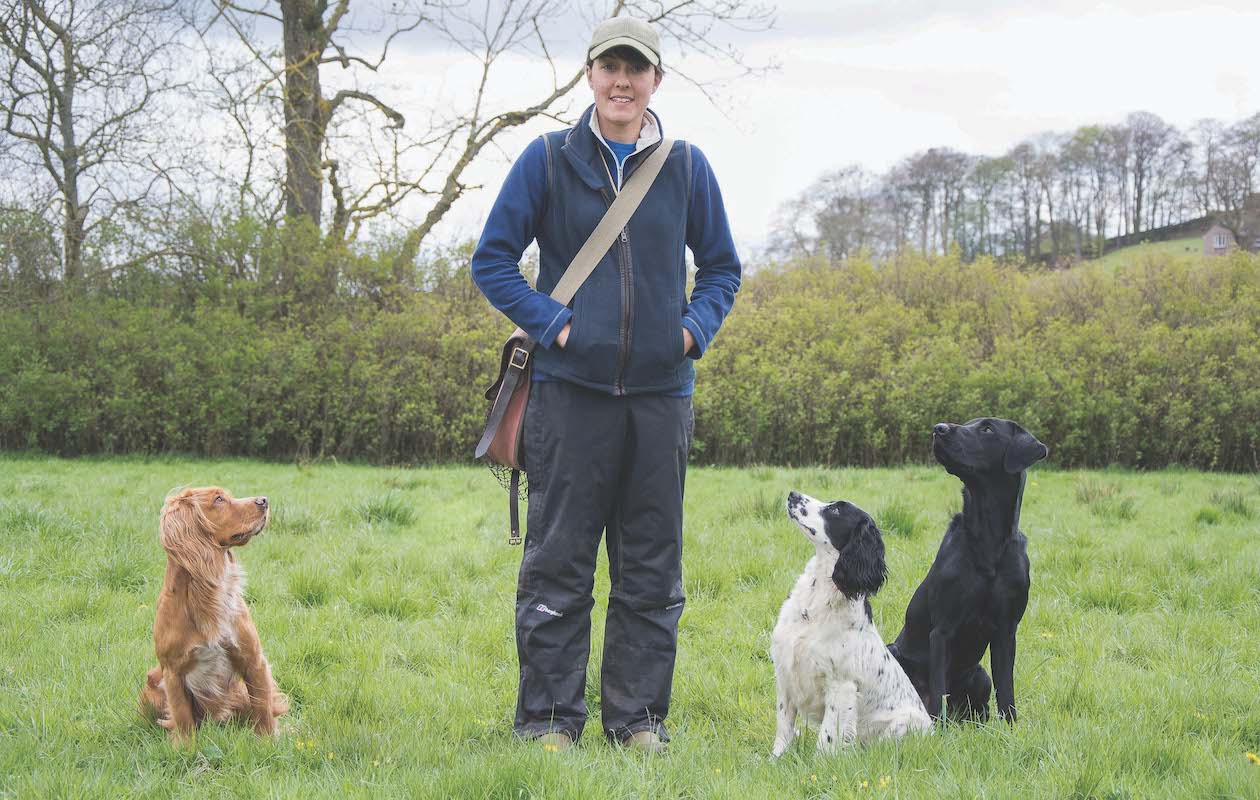
The trainer needs to create conditions whereby the handler is the centre of attention
Eye contact
Think about good eye contact as being like an invisible lead to your dog. Although you don’t have any direct physical contact, you do have an unseen connection. Wild dogs hunting in a pack will be looking towards their leader for direction. Although our gundogs are domesticated, they still retain aspects of their wild ancestry, which we want to tap into. We want them to look at us as their ‘pack leader’, both for instruction and direction, and to help them with their levels of focus and concentration.
From the beginning, we have to work on being the most exciting thing in their world. All good things must come from us, the trainer – be it a treat, a fur ball to fetch or simply praise. As your dog gets older, it will start to realise that there is a big wide world full of new things to discover and it is then the challenges will begin. We want to get to the stage where the dog is looking at us and thinking, “come on what do you want me to do”, rather than looking around and thinking, “come on, I know what I want to do”.
How to develop eye contact
Developing eye contact with dogs is an aspect of training that can be started at an early age. In fact, you can work on it from the moment you bring the pup home. Be mindful that staring at a dog can be considered as a threatening behaviour. You don’t want to be right in the dog’s face as you may well find it will avert its eyes to avoid the situation, which is not the behaviour we are looking to develop.
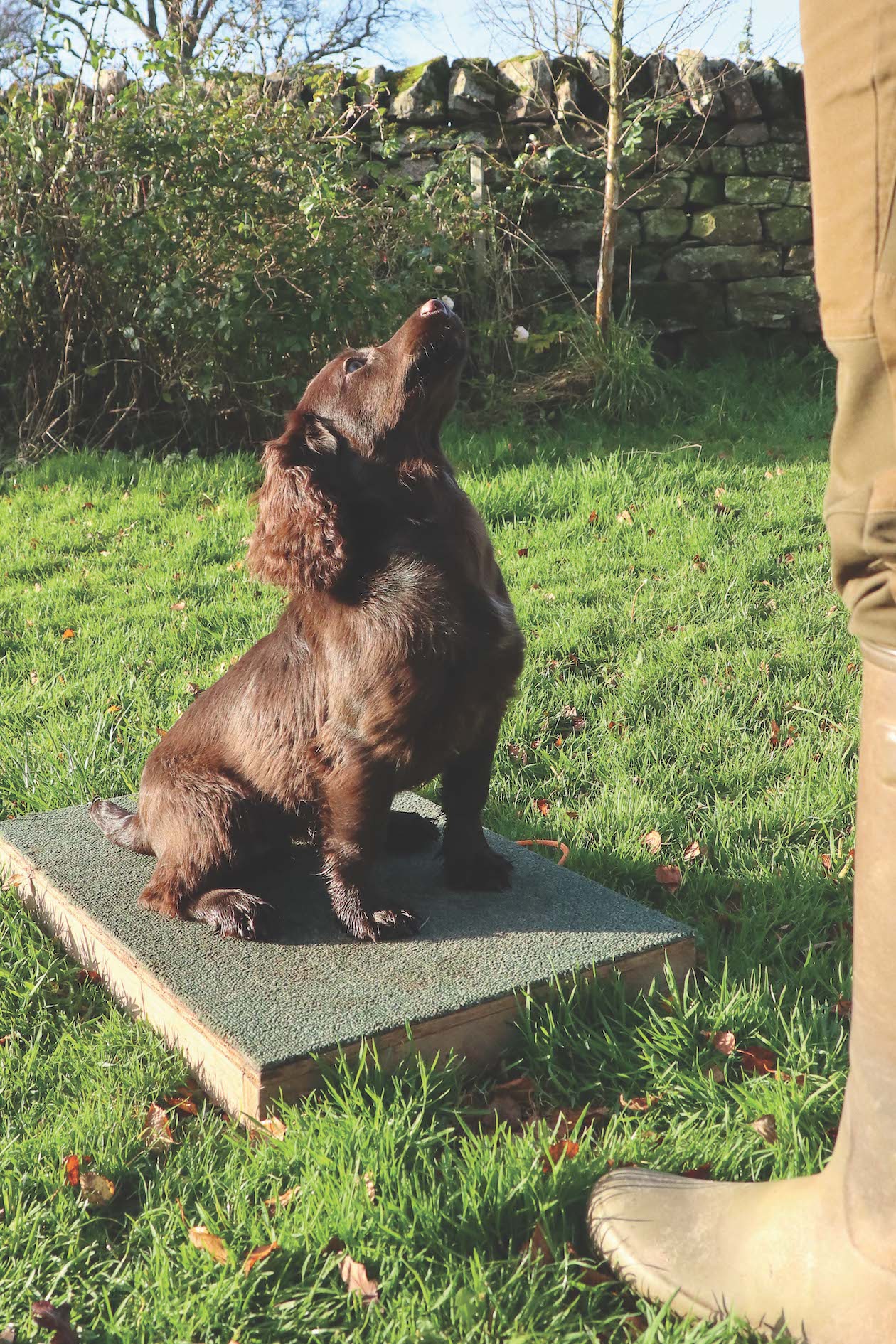
A place board is a useful tool to develop eye contact
Using a place board
I have found the use of a place board useful to start the process of developing good eye contact from an early age.
I will use a treat to acclimatise the pup to the board and, by holding the treat at waist height, the dog will naturally look up at me.
When I start my sit/stays and I am walking around the dog, I stop each time the dog loses eye contact and wait until it looks back at me before moving again.
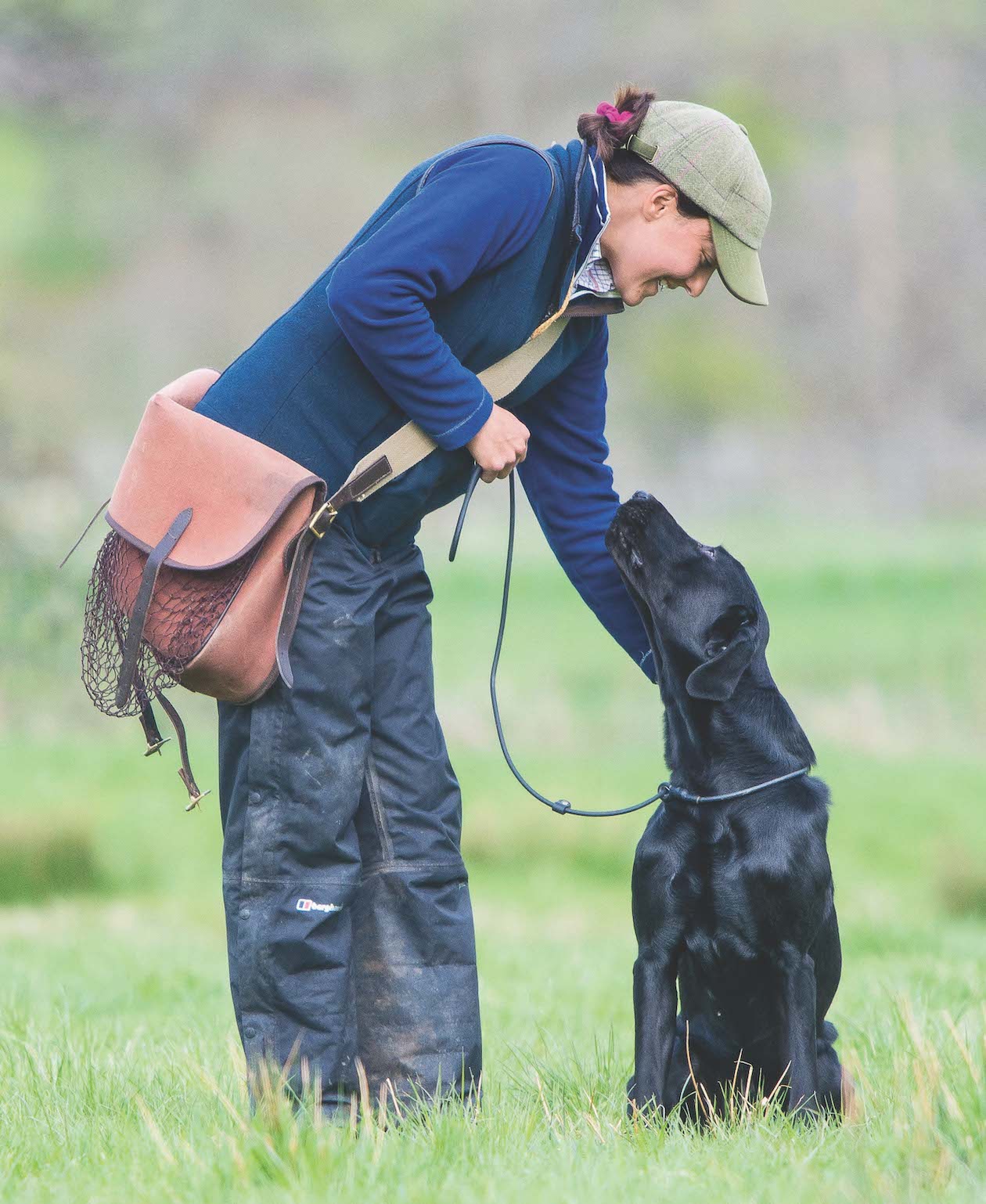
Taking some time out is important
Connection
An effective method of building up an eye-contact bond between handler and dog is to take some time out with your dog. Just get it to sit quietly next to you and give it some praise, both verbal and physical. Gundog training is not all about crashing through bramble or jumping five-bar gates, as during a shoot day your dog will also have to sit still and relax.
Why you need to be the centre of attention
The world is an exciting place for a gundog, especially on a shoot day, but we as the handler or trainer need to create the conditions whereby we are the centre of that dog’s world and its attention. The aim is not to diminish any of the dog’s natural abilities, but we want to be confident that our ‘invisible lead’ is always on the dog. Follow these basic principles and you will almost certainly see the results.
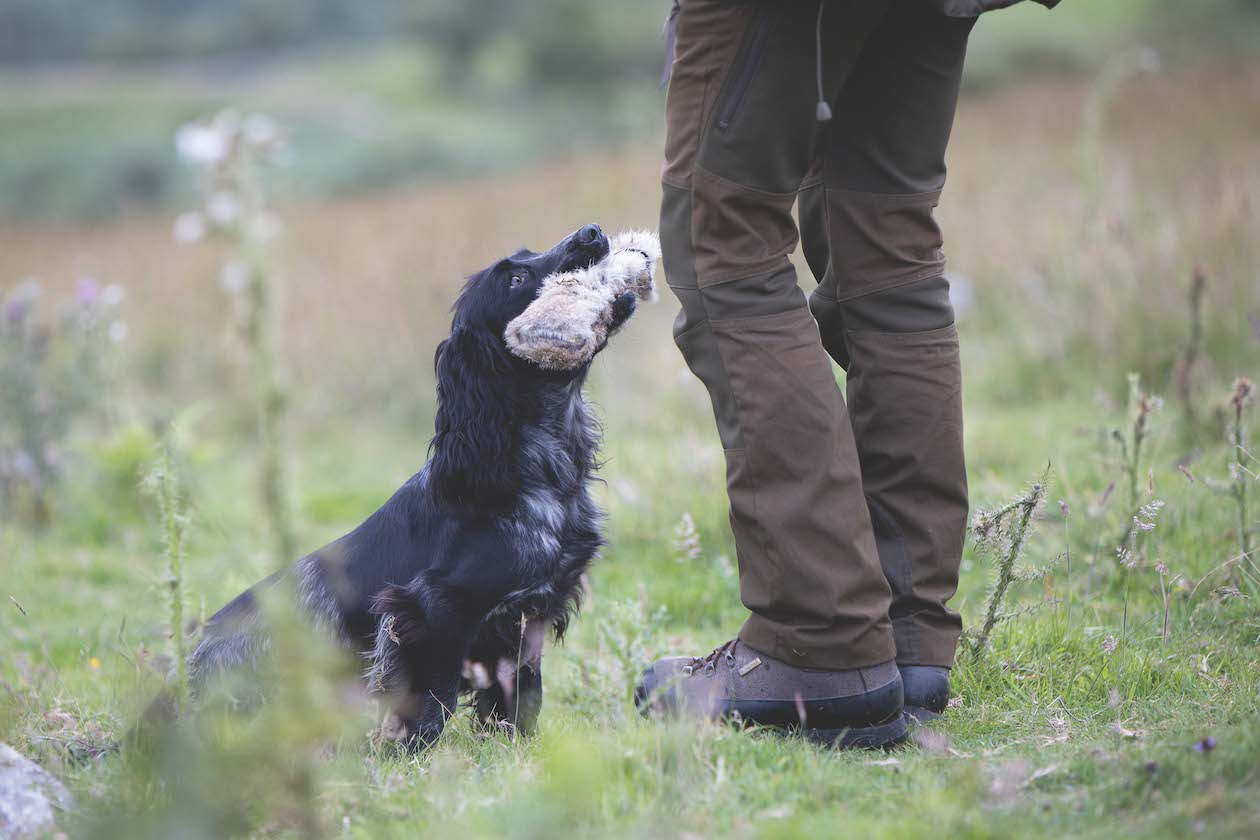
A perfect ‘heads-up’ delivery made easy
Heads up
Another advantage of good eye contact is when working on retrieving. If the dog has been conditioned to come in and look up at the handler, this habit can transfer to a good ‘heads-up’ delivery. It is rewarding to see a dog running back with a retrieve and sitting in front of the handler as if to say: “Look what I have got.”
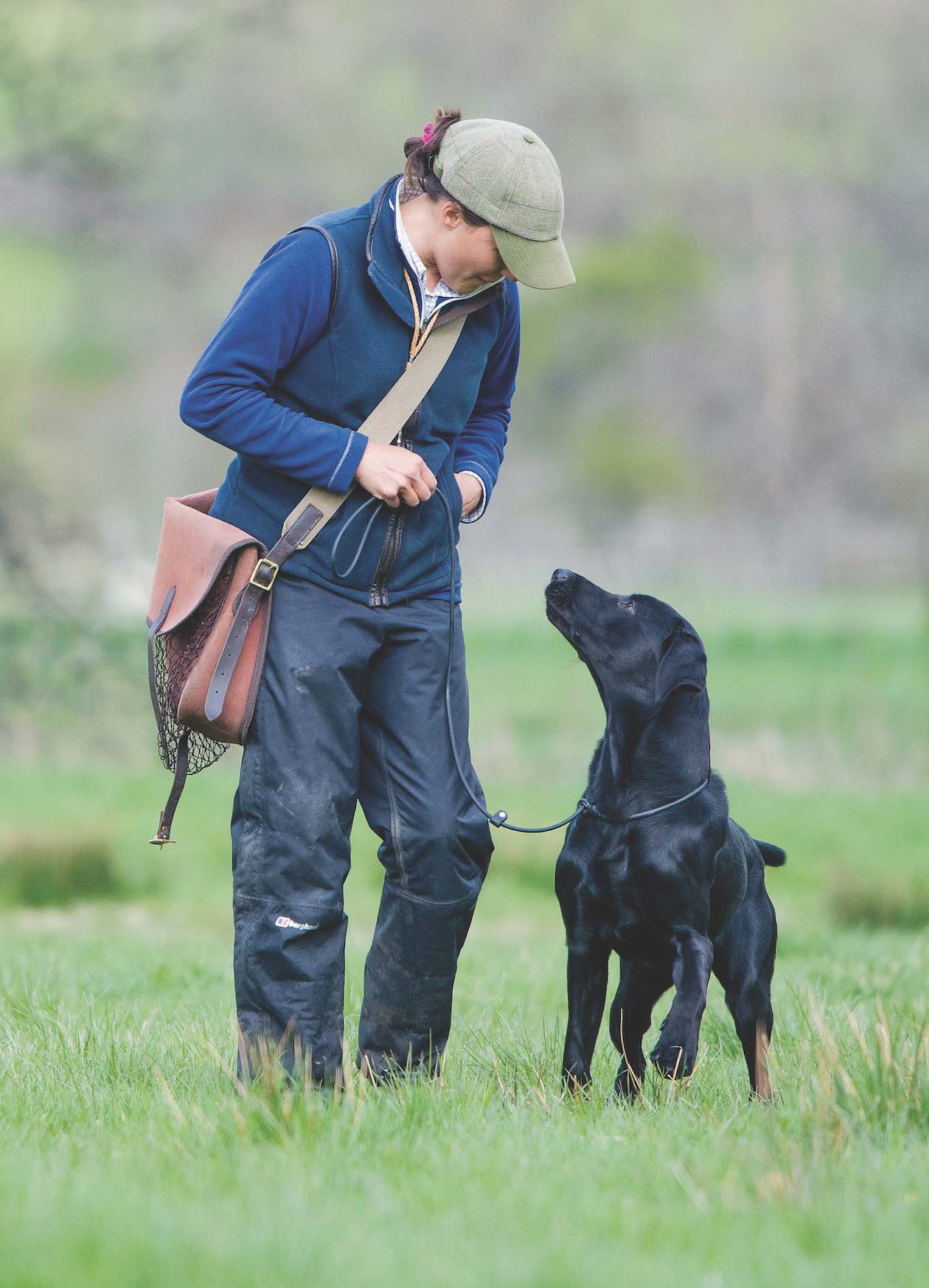
It is difficult for a dog to pull on the lead if it is looking at the handler
Heelwork
Heelwork can be one of the most challenging exercises. How many dogs have you seen taking their owners for a walk? If you have done your groundwork with eye-contact development, you can use this to your advantage to get the dog to walk to heel. A dog finds it difficult to pull forward if it is looking at the handler. Don’t forget to connect verbally, too. (Read how to teach your gundog to walk at heel. )
Related Articles
Get the latest news delivered direct to your door
Subscribe to Shooting Times & Country
Discover the ultimate companion for field sports enthusiasts with Shooting Times & Country Magazine, the UK’s leading weekly publication that has been at the forefront of shooting culture since 1882. Subscribers gain access to expert tips, comprehensive gear reviews, seasonal advice and a vibrant community of like-minded shooters.
Save on shop price when you subscribe with weekly issues featuring in-depth articles on gundog training, exclusive member offers and access to the digital back issue library. A Shooting Times & Country subscription is more than a magazine, don’t just read about the countryside; immerse yourself in its most authoritative and engaging publication.



